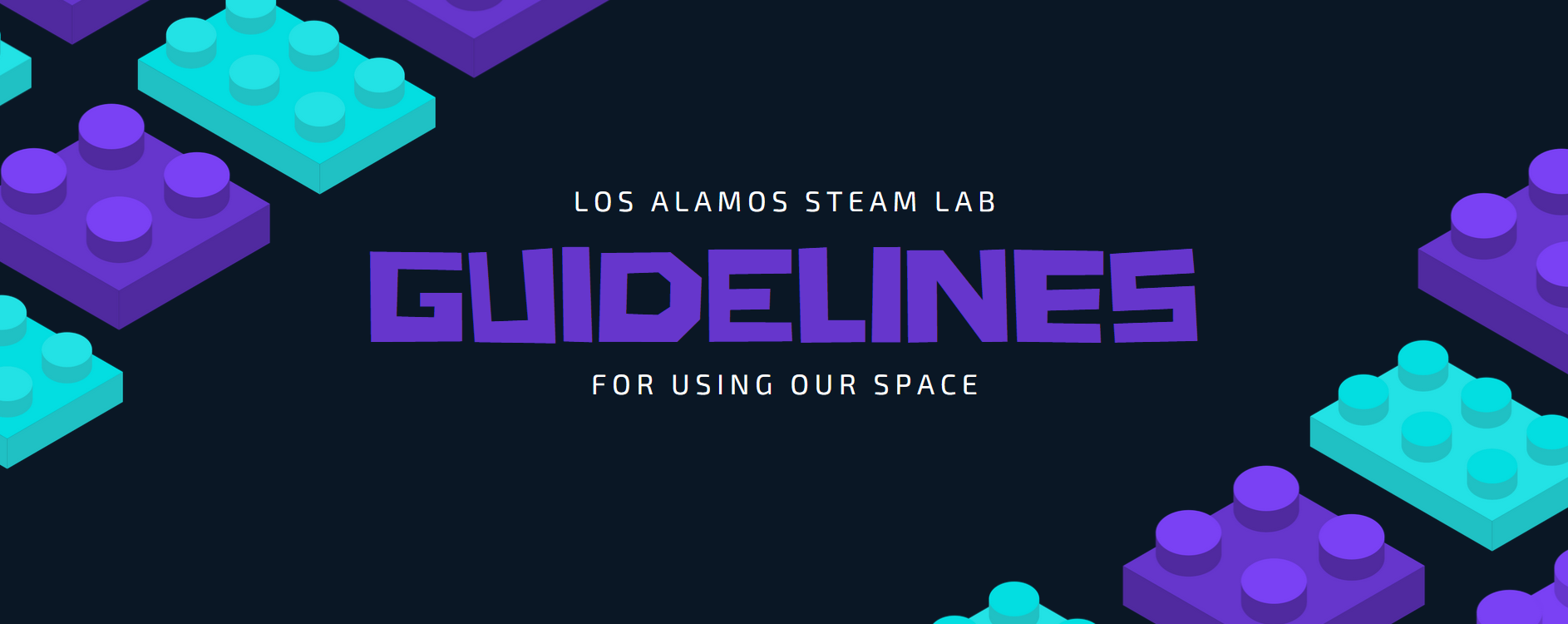As a former educator, I’ve done a fair amount of talking with parents in Los Alamos. One common concern is how new organizations will engage with diverse children. I want to assure you that creating a safe and engaging space for all sorts of children is one of our highest priorities and we have the skill set and experience to accomplish this.
Before moving to Los Alamos I taught high school math in the Chicago Public Schools. The school I taught at was 80% Hispanic, 20% Black, and 100% free lunch. One year, I taught two double period algebra classes. In one of those classes I had 10 students with learning disabilities and 3 students requiring exceptional modifications to their material. In my other class I had a group of 5 kids that were nearly constantly suspended. Three were expelled by the end of the year. For the most part, I had no trouble with them. One of my students was bipolar and could not afford medication, despite not being aware of this until 5 weeks into the school year, he and I had already worked out a plan to manage his behavior that allowed him to be comfortable and successful in my class. These were my kids and I loved them all dearly. It was never my goal to attain an “easy” job in the suburbs. The unique challenge of figuring out how to reach each student was and still is one of my favorite parts of teaching.
In my own family I don’t have anyone labeled as neuro-diverse, but certainly, no one would call any of my children typical and with that, they don’t tend to attract typical friends, so I have a lot of practical experience when children have emotions that run high and need a calm voice or quiet place to breathe and restore calm. I also have a lot of good friends in teaching who care very much about their neuro-diverse students and send me research articles or post the latest developments and strategies to Facebook, so I stay up-to-date in this way.
Jessi has her own experience working with diverse populations. She directed a youth center in St. Paul, Minnesota and has volunteered in schools. She likes to keep an open mind and loves building new projects off of ideas developed in the course of a class. She is really excited about organic thinking and incorporates that into her classes. She really respects her students and values what they say.
In her personal life, Jessi has experience working with neuro-divergent kids. Her family is bi-racial and Jessi herself is bilingual and has dual-citizenship giving her a unique viewpoint and understanding of multiple cultures.
Erin is bi-racial and multi-ethnic but also 100% human being. She has a strong empathy for kids who feel like the world wants them to pick one identity when they just want to be themselves. Throughout her life, Erin has fought against marginalization and ethnic erasure. She’s semi-fluent in Spanish and parents two completely awesome autistic children who are learning that it is okay to be one-of-a-kind.
On the educational and practical side of things, Erin studied child psychology in undergrad and is currently seeking her Master’s in clinical medical health with a focus on child development. As a second generation Mexican-American, she is the first of her family to graduate from college. Erin has also spent the last two years directing a forest school co-op that she founded with the mission to create a more holistic and socially centered curriculum for elementary aged children.
Probably more important than all of this, though, is that we all see kids as individuals and we know how to follow their lead in explaining (or demonstrating) what they want and need. If you are still concerned about your child in a large group setting, we are more than happy to work with whatever aides you would like to arrange for them or speak with you on an individual basis about the strategies that you find most helpful in working with your child. We want our place to be inclusive, so if you think your child would enjoy one of our classes or our drop-in hours with some modification, please talk with us about a way to make that work.
Not mentioned in this essay, is the LGBTQIA+ community, but I assure you we love and accept them as well in very personal ways as family, friends, and colleagues.



